Perhaps the best album I’ve heard in a long, long time is Gillian Welch’s Revival. Simple arrangements, a stunningly beautiful voice, turn-of-the-century lyrics, all add up to one thing:
After looking at the cover of Gillian Welch’s debut album, Revival, and listening to the first two cuts, “Orphan Girl” and “Annabelle,” you’d be tempted to imagine that Welch somehow stumbled into a time machine after cutting some tunes at the 1927 Bristol, TN, sessions and was transported to a recording studio in Los Angeles in 1996, where T-Bone Burnett was on hand and had the presence of mind to roll tape. (All Music)
Welch is probably more widely know for her work on the Oh Brother, Where Art Thou? soundtrack. If you liked that film and the music — and the film was primarily about the music — then this will be a welcome addition to your collection.
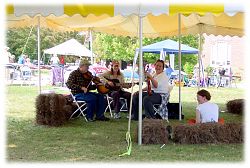
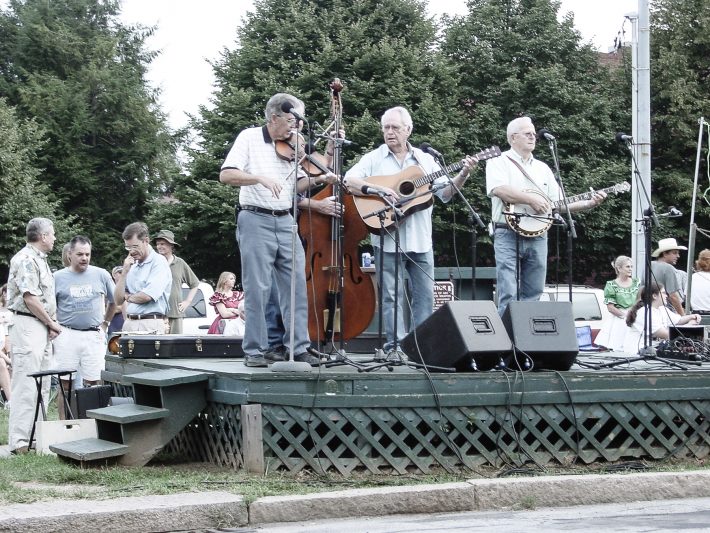
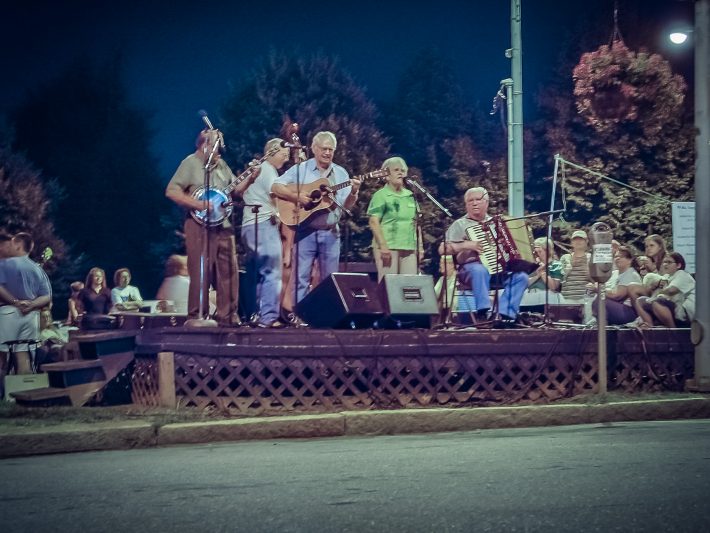
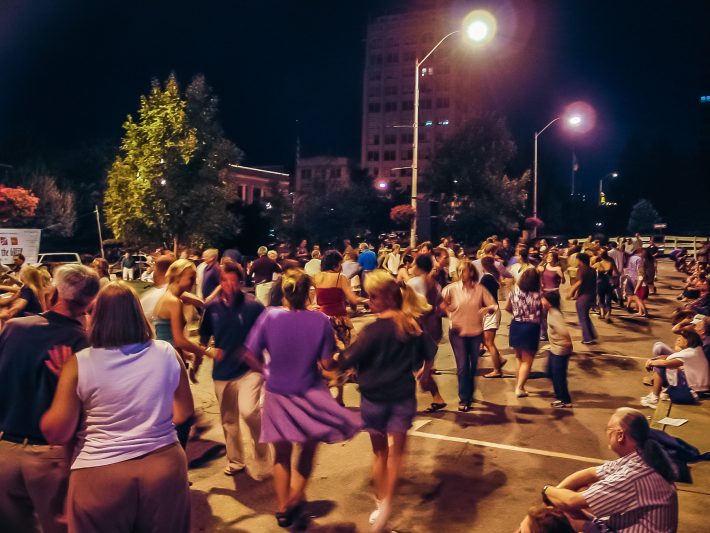
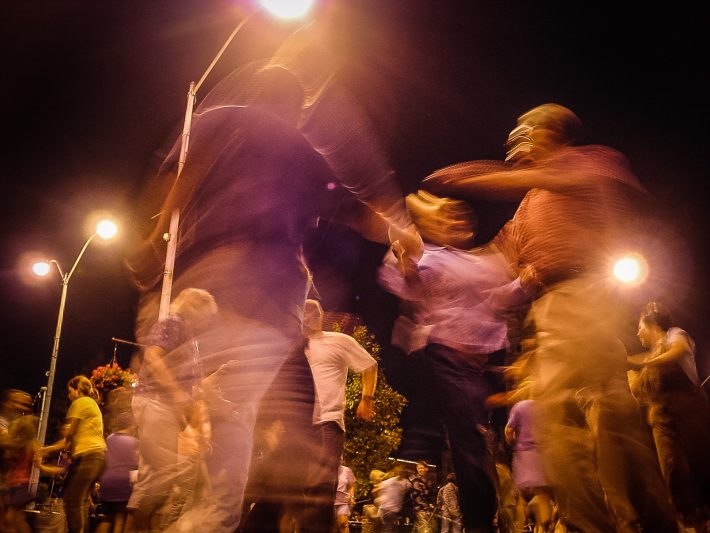




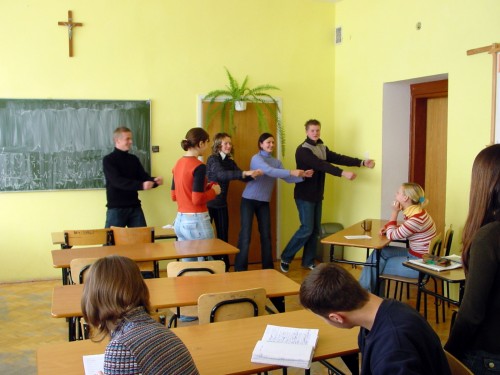
 Undoubtedly my favorite contemporary composer, Górecki often vies for “best composer of all time” in my opinion – it all depends on when you ask. It was his music, particularly his Third Symphony (subtitled”Symphony of Sorrowful Songs” –
Undoubtedly my favorite contemporary composer, Górecki often vies for “best composer of all time” in my opinion – it all depends on when you ask. It was his music, particularly his Third Symphony (subtitled”Symphony of Sorrowful Songs” –  It’s enough, I suppose, that I got to experience his Third Symphony, under his own baton (well, no – he didn’t actually conduct with a baton), in a location that was intimately connected with the text of the second movement.
It’s enough, I suppose, that I got to experience his Third Symphony, under his own baton (well, no – he didn’t actually conduct with a baton), in a location that was intimately connected with the text of the second movement.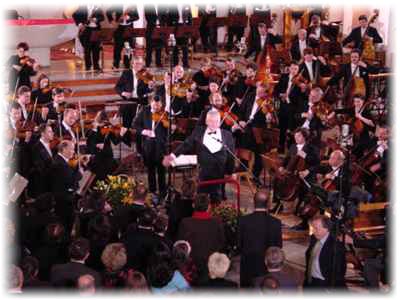 After the concert, the orchestra performed “Sto Lat” (“100 Years”), the traditional Polish well-wishing song. Mid-way through, Górecki jumped onto the podium again and directed everyone, audience and orchestra alike.
After the concert, the orchestra performed “Sto Lat” (“100 Years”), the traditional Polish well-wishing song. Mid-way through, Górecki jumped onto the podium again and directed everyone, audience and orchestra alike.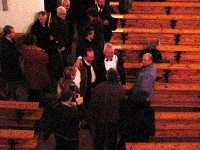 After some well-wishing and chatting, the orchestra came back out and they did a playback recording session, as this is intended to be a DVD released sometime later. It was a strange thing – they were basically making a music video, playing along with their earlier performance. They played for a bit – most of the first movement – then suddenly the director stopped everything just as the music reached it’s most emotional point. Strange how art can so easily succumb to commercial needs.
After some well-wishing and chatting, the orchestra came back out and they did a playback recording session, as this is intended to be a DVD released sometime later. It was a strange thing – they were basically making a music video, playing along with their earlier performance. They played for a bit – most of the first movement – then suddenly the director stopped everything just as the music reached it’s most emotional point. Strange how art can so easily succumb to commercial needs.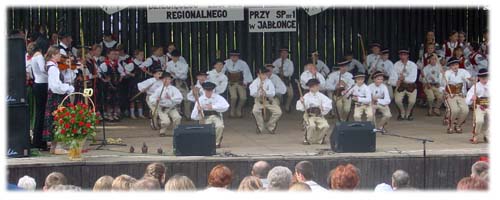
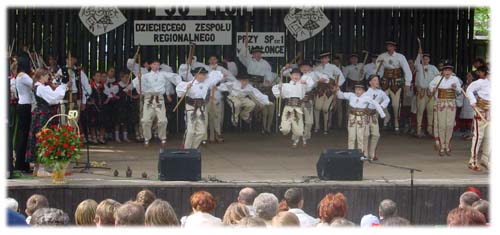



 I did buy D’Adario strings once here — they lasted probably three months. Yes, that’s a ridiculously long time for strings, but how often would you change them if they cost forty bucks? Anyway, they sounded dead as a brick by that time, but they were still intact. None of them had broken, or even frazzled.
I did buy D’Adario strings once here — they lasted probably three months. Yes, that’s a ridiculously long time for strings, but how often would you change them if they cost forty bucks? Anyway, they sounded dead as a brick by that time, but they were still intact. None of them had broken, or even frazzled. Then I’ll trek back to Nowy Targ, buy a new set of strings, and kick myself for not buying decent ones in the first place.
Then I’ll trek back to Nowy Targ, buy a new set of strings, and kick myself for not buying decent ones in the first place.